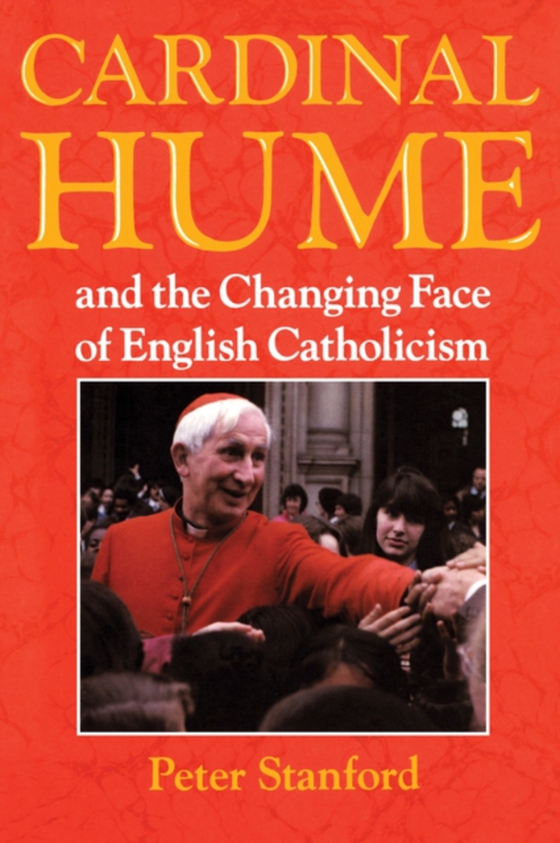
Cardinal Hume and the Changing Face of English Catholicism e-bog
235,76 DKK
(ekskl. moms 188,61 DKK)
After the persecutions that followed the Reformation, the Catholic Church that re-emerged in the 19th century was a defensive, introspective one, largely made up of working-class immigrants and a handful of land-owning families who kept the faith despite adversity. It was viewed with some suspicion by the English Establishment as something foreign, subversive, to be held at arm's length. But pa...
E-bog
235,76 DKK
Forlag
Cassell
Udgivet
8 januar 1999
Længde
224 sider
Genrer
HRLB
Sprog
English
Format
pdf
Beskyttelse
LCP
ISBN
9780567246288
After the persecutions that followed the Reformation, the Catholic Church that re-emerged in the 19th century was a defensive, introspective one, largely made up of working-class immigrants and a handful of land-owning families who kept the faith despite adversity. It was viewed with some suspicion by the English Establishment as something foreign, subversive, to be held at arm's length. But particularly after World War II a new generation of educated Catholics emerged, outward-looking, questioning, anxious to take their places in society. Peter Standford argues that Basil Hume's appointment was a symbol of change. His very Englishness has exorcised some of the nightmares in the national subconscious about the Catholic Church. And in his struggles as a leader with a flock that is not as obedient as once it was, the cardinal has redefined English Catholicism by blending its traditional theological conservatism with a liberal pastoral practice.
 Dansk
Dansk

